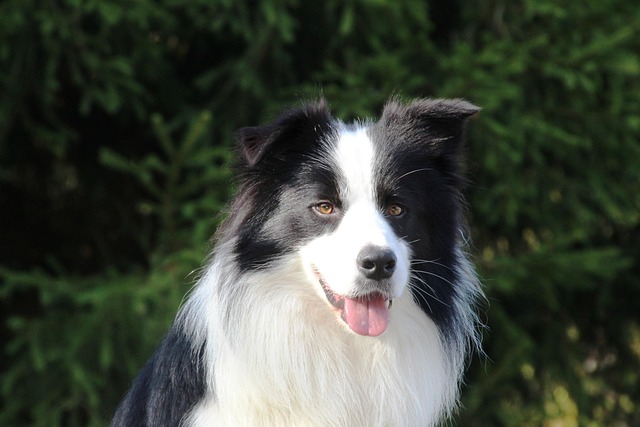Watching your dog bound around the yard or tackle a new agility course is an incredible feeling, but have you ever wondered how to support that athleticism from the inside out? Just like us, dogs need the right nutrients to build and maintain strong muscles. Whether you’re training a working breed or simply want your furry friend to stay in peak condition, the answer lies in their bowl.
Protein is the cornerstone of muscle development, and lean meats are nature’s best source. Chicken, turkey, and lean beef are packed with essential amino acids that repair and grow muscle fibers. Opt for skinless chicken breasts or extra-lean ground beef, and remember to cook meats thoroughly to avoid potential bacterial issues. When serving, portion sizes matter—consult your vet, as overfeeding can lead to weight gain, which goes against local animal welfare guidelines emphasizing proper pet care.
Fish isn’t just a treat; it’s a powerhouse for muscle health. Salmon and tuna are rich in protein and omega-3 fatty acids, which reduce inflammation and promote overall muscle function. These healthy fats also contribute to a shiny coat and strong joints, making fish a win-win addition to your dog’s diet. When choosing canned options, always pick varieties packed in water, avoiding those with added salts or seasonings that can be harmful to your pet.
 Eggs are a versatile and nutritious muscle builder. A single egg provides high-quality protein, vitamins, and minerals. Scrambled or boiled (without seasoning, of course), they make a great occasional treat or meal topper. Just be cautious with raw eggs due to the risk of salmonella; cooking eliminates this concern while retaining most nutrients. And keep in mind local regulations regarding pet food safety—raw diets have specific guidelines in many areas.
Eggs are a versatile and nutritious muscle builder. A single egg provides high-quality protein, vitamins, and minerals. Scrambled or boiled (without seasoning, of course), they make a great occasional treat or meal topper. Just be cautious with raw eggs due to the risk of salmonella; cooking eliminates this concern while retaining most nutrients. And keep in mind local regulations regarding pet food safety—raw diets have specific guidelines in many areas.
Don’t overlook plant-based proteins. Lentils, chickpeas, and quinoa offer protein along with fiber and complex carbohydrates, providing sustained energy for active dogs. These ingredients are especially useful for dogs with meat sensitivities or for adding variety to their meals. However, it’s crucial to balance plant proteins with animal sources to ensure your dog gets all the necessary amino acids, as per pet nutrition best practices.
While supplements can seem like a shortcut, it’s important to approach them with caution. Creatine and protein powders formulated for dogs might seem appealing, but they aren’t always necessary. Before adding any supplement to your dog’s routine, consult a veterinarian. In many regions, there are strict regulations on pet supplements to ensure consumer safety, and unregulated products could pose risks to your dog’s health.
Incorporating muscle-building foods is just one part of the equation. Pair a balanced diet with regular exercise—think brisk walks, fetch sessions, or even canine fitness classes. And always monitor your dog’s body condition; if you notice sudden weight changes or loss of energy, it’s time to consult your vet. By focusing on whole, natural foods and proper portion control, you’ll not only help your dog build muscle but also ensure a long, healthy life filled with wagging tails and joyful play.

 Eggs are a versatile and nutritious muscle builder. A single egg provides high-quality protein, vitamins, and minerals. Scrambled or boiled (without seasoning, of course), they make a great occasional treat or meal topper. Just be cautious with raw eggs due to the risk of salmonella; cooking eliminates this concern while retaining most nutrients. And keep in mind local regulations regarding pet food safety—raw diets have specific guidelines in many areas.
Eggs are a versatile and nutritious muscle builder. A single egg provides high-quality protein, vitamins, and minerals. Scrambled or boiled (without seasoning, of course), they make a great occasional treat or meal topper. Just be cautious with raw eggs due to the risk of salmonella; cooking eliminates this concern while retaining most nutrients. And keep in mind local regulations regarding pet food safety—raw diets have specific guidelines in many areas.



